Introduction
Hydroponics, a soilless farming method, has revolutionized the way we grow plants, offering a high-yield, space-saving solution for gardeners. A key component of this innovative system is the humble net pot. These small, webbed containers, also known as 'net cups', serve as the anchor for plants, allowing water, air, and nutrients to flow through the roots, promoting healthier growth. This article delves into the world of hydroponics and the crucial role of net pots, exploring their benefits, how to set up your own hydroponic system, and tips for maintaining a thriving garden.
Understanding Hydroponics and Net Pots
Hydroponics is a soilless farming method where plants are grown in a nutrient-rich water solution. In this system, net pots play a crucial role. They are small, webbed containers that anchor the plant to the hydroponic system. Their unique design allows water, air, and nutrients to flow through the plant's roots simultaneously, promoting healthier growth. The net-like structure of these pots also gives roots exposure to oxygen, which wouldn't be possible if grown in the ground. This efficient method of farming makes hydroponics a popular choice for many growers.
What are Net Pots?
Net pots, also known as 'net cups', are small plastic pots used in hydroponics to anchor a plant’s roots to the hydroponic system. They are either round or square, featuring a distinct 'net' shape that allows water and air to flow through the plant’s roots simultaneously. This unique design promotes healthier plants and makes the hydroponic process more efficient. In hydroponics and aquaponics, net pots serve as containers for plant roots, allowing them to grow freely, thereby promoting healthier and more vibrant fruits and vegetables.
The Role of Net Pots in Hydroponics
Net pots play a crucial role in hydroponics, serving as small plant-root containers that anchor the plant to the system. Their unique shape and framework allow the roots of your vegetables to grow freely, exposing them to more oxygen and promoting healthier, more vibrant produce. Net pots work through aeration and drainage, allowing oxygen, water, and nutrients to flow in and out of your roots simultaneously. Their porous design optimizes root growth and plant development, making the entire hydroponic process easier and more efficient.
Benefits of Using Net Pots in Hydroponics
Net pots are a popular choice in hydroponics systems due to their unique advantages. They offer excellent aeration, reducing the chance of root rot, thanks to their open-air construction. This design also allows for easy access to the roots. Furthermore, net pots are cost-effective. They can be bought in bulk, making them a practical choice for most hydroponic systems. However, it's important to note that they may not be suitable for every system due to some disadvantages such as being hard to clean and having sharp edges.
High-Yield Production
Hydroponics yields, which refer to the quantity and quality of crops produced using soilless cultivation methods, can be significantly impacted by the use of net pots. These pots allow for faster growth and increased yields compared to traditional soil-based farming. They also support hydroponics vertical farming, which utilizes vertical space, increasing planting density, and maximizing overall productivity. By selecting suitable plants for hydroponic cultivation and maintaining ideal conditions, you can unlock the full potential of your hydroponic garden and achieve high-yielding harvests.
Space Efficiency
Hydroponic gardening, particularly with the use of net pots, is a space-efficient method of growing plants. This approach is ideal for those with limited gardening space or those who wish to maximize their yield within a small area. The use of net pots in a hydroponic system allows for high-density planting, thereby increasing the number of plants that can be grown in a given space. Moreover, hydroponics requires less water than traditional soil gardening, making it not only space-efficient but also resource-efficient.
Ease of Maintenance
Net pots simplify the maintenance of your hydroponic system. Their unique design allows for optimal aeration and drainage, ensuring your plants receive the right amount of oxygen, water, and nutrients. The porous structure of net pots enables each plant to absorb exactly what it needs to thrive, optimizing root growth and plant development. Moreover, net pots are reusable. After each harvest, a quick inspection and cleaning are all that's needed to prepare them for the next planting cycle. This ease of maintenance makes net pots an excellent choice for hydroponic gardening.
How to Set Up Your Own Net Pot Hydroponic System
To set up your own net pot hydroponic system, start by spray painting a tall glass planter. Fill a net pot with clay pebbles, leaving room for seeds and coconut pith. Run water over a coconut pith until it expands, then place it over the pebbles. Add seeds to the coconut pith, then place the net pot into the painted glass planter. Ensure the net pot is initially submerged in water to encourage root growth. As the plant grows, it will absorb the water, creating an air gap crucial for 'micro roots' to develop.
Choosing the Right Net Pots and Other Materials
Choosing the right net pots for your hydroponic system is crucial. One size doesn't fit all when it comes to growing plants hydroponically. The pot size should be based on your chosen plant species and their growth potential. A small container can lead to overcrowding, while a large one can cause nutrient wastage and root rot. Consider the size of your container before purchasing a net pot. For instance, a 10-gallon grow bucket requires a 5-inch net pot. Also, the type of grow light you'll be using influences the net pot size. For HID lights, larger pots are recommended, while for T5 fluorescent lighting, a 4-inch net pot may be better.
Step-by-Step Guide to Setting Up
Setting up your hydroponic system with net pots is fairly straightforward. First, decide on the type of plant you want to grow. Then, choose the appropriate size of net pots, typically ranging between 2 and 6 inches. Purchase your net pots from a reliable source, ensuring they are durable and fit for purpose. Add your plants to the net pots, ensuring they are securely anchored. If you're new to hydroponics, consider watching instructional videos to guide you through the process. Remember, the growing medium used should not be smaller than the net pot holes to prevent system clogging.
Maintaining Your Hydroponic Garden
Maintaining your hydroponic garden, particularly the reservoir, is crucial. It houses the food for the plants and requires regular checks. Keep the nutrient solution temperature between 65-75 degrees to prevent root rot and slow growth. Top off the reservoir to compensate for water loss due to evaporation and plant processes. Regular water changes help maintain the right chemical balance and reduce mineral build-up. Proper aeration is essential for healthy root growth. Regular pH and EC checks are important, with pH ideally kept in the 5.5-6.5 range. Lastly, ensure your equipment is in good working condition.
Regular Checks and Adjustments
Maintaining your hydroponic garden involves regular checks and adjustments. Key tasks include maintaining proper nutrient solution temperature, topping off your hydroponic reservoir, and changing out the water regularly. It's also crucial to provide proper aeration and clean the filter often. Regular pH and EC checks are vital, and equipment should be inspected regularly. Remember, a well-maintained hydroponic reservoir is essential for a healthy, high-yield garden.
Troubleshooting Common Issues
In hydroponics, common issues include nutrient deficiencies, pest infestations, and system leaks. Nutrient deficiencies often manifest as yellowing leaves and stunted growth, requiring a balanced fertilizer for resolution. Pests, like spider mites or fungus gnats, can infest your hydroponic garden, necessitating careful management. System leaks can lead to nutrient lockouts and root rot, making regular checks essential. Lastly, pump and spray nozzle issues can prevent water and nutrients from reaching your plants, leading to further problems.
Conclusion
In conclusion, net pots are an integral part of hydroponic gardening, offering a myriad of benefits from high-yield production to space efficiency and ease of maintenance. Their unique design allows for optimal aeration and drainage, ensuring plants receive the right amount of oxygen, water, and nutrients. Choosing the right net pots and maintaining your hydroponic garden are crucial steps towards achieving a successful harvest. Despite potential challenges such as nutrient deficiencies and pest infestations, with regular checks and adjustments, you can unlock the full potential of your hydroponic garden. Embrace the future of gardening with hydroponics and net pots, and experience the joy of high-yield, space-saving cultivation.

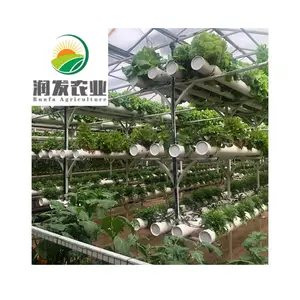


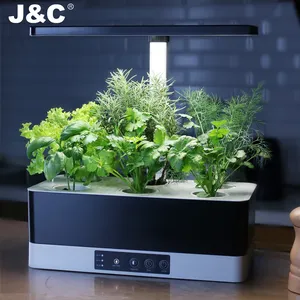





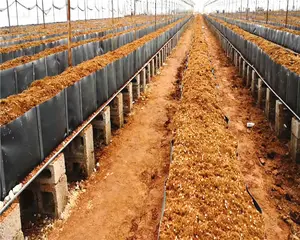


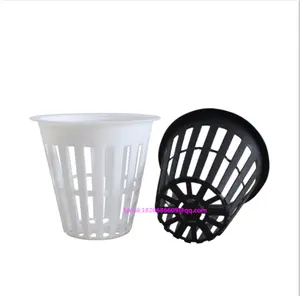

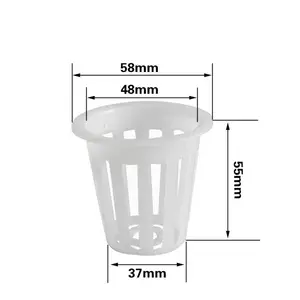








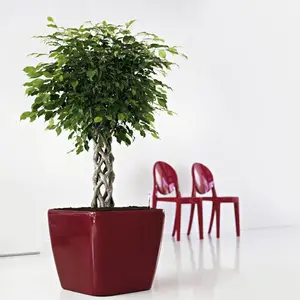



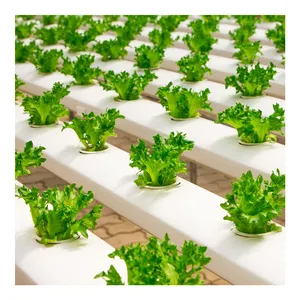







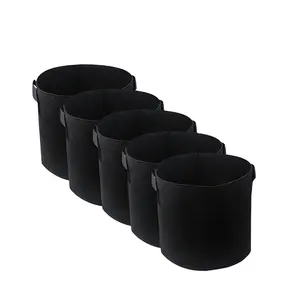


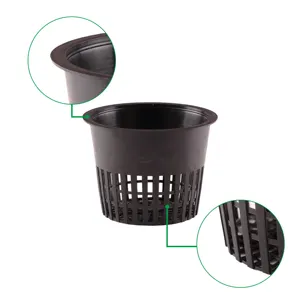
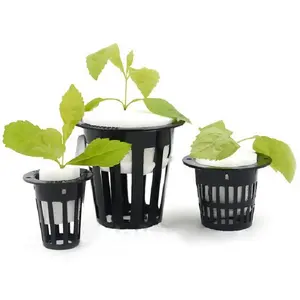


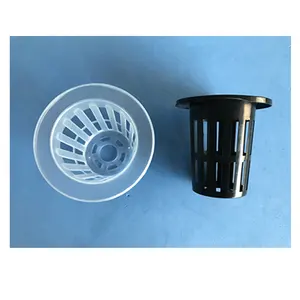

































 浙公网安备 33010002000092号
浙公网安备 33010002000092号 浙B2-20120091-4
浙B2-20120091-4